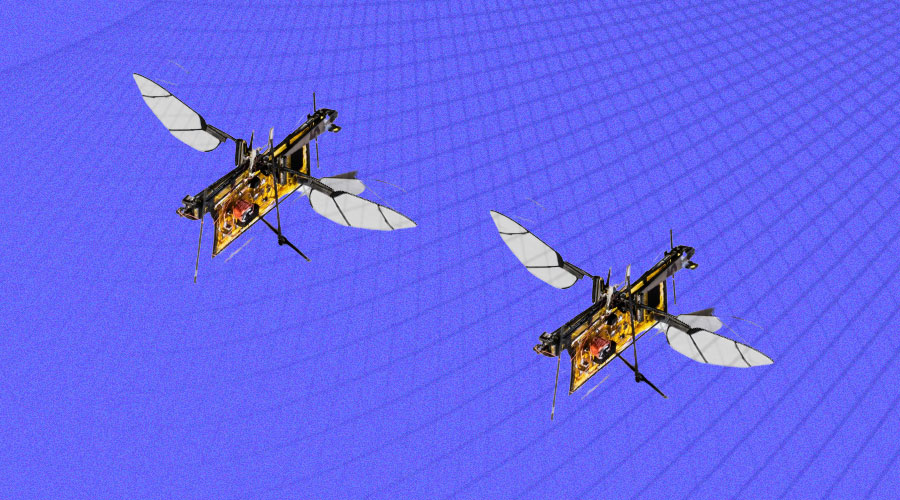MIT researchers have constructed insect-scale robots that can generate light while flying and enable motion tracking and communication, inspired by fireflies.
“This is a major step toward flying these robots in outdoor environments where we don’t have a well-tuned, state-of-the-art motion tracking system,” Kevin Chen, head of the Soft and Micro Robotics Laboratory in the Research Laboratory of Electronics (RLE), MIT, said in a research report.
These robots are as light as a paper clip and can be tracked using the light they emit and three smartphone cameras.
Fireflies communicate by using their glow to attract a mate, warn off predators, or lure prey. According to the story, researchers used the same technique to develop these robots, which are supposed to communicate with each other via the light-emitting element.
According to the paper, if sent on a search-and-rescue operation in a fallen structure, a robot that finds survivors may use lights to signal others and ask for help.
The wings of the robots are controlled by small artificial muscles known as soft actuators, which emit colored light while in flight.
To illuminate these actuators, researchers employed zinc sulphate particles. The zinc particles, on the other hand, only light up in the presence of an extremely powerful and high-frequency electric field. According to the paper, the electric field stimulates the electrons in the zinc particles, which subsequently emit subatomic particles of light known as photons.
The researchers utilized high voltage to generate a strong electric field in the soft actuator, then drove the robot at a high frequency, causing the particles to light up.
Using a motion-tracking device, the researchers conducted flight experiments. iPhone cameras might be used to track each actuator. Each light hue is detected by the cameras, and a computer program tracks the robots’ positions to within 2 millimeters of the infrared motion capture devices.
Researchers intend to improve that motion tracking technology in the future so that it can track robots in real-time.“The team is working to develop control signals to enable the robots to turn their light on and off during flight and communicate more like real fireflies”, added Chen













